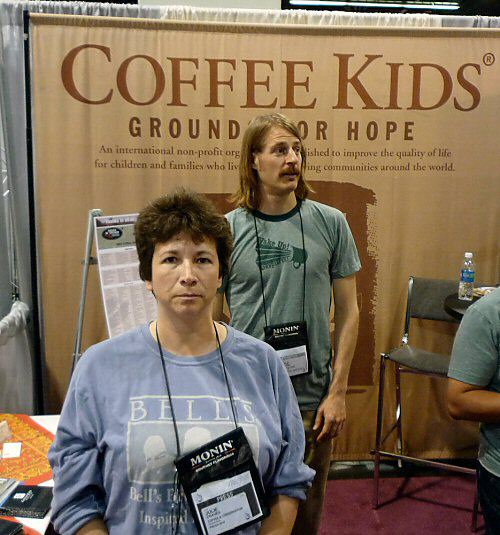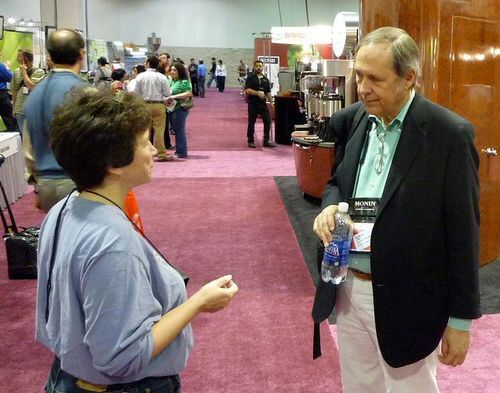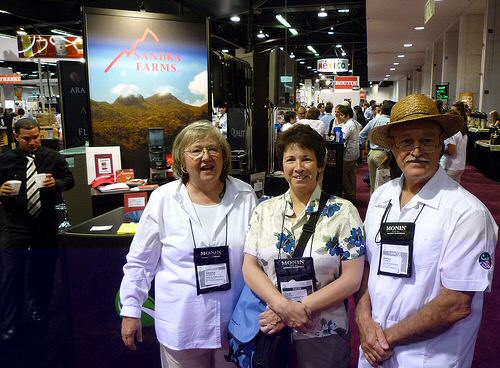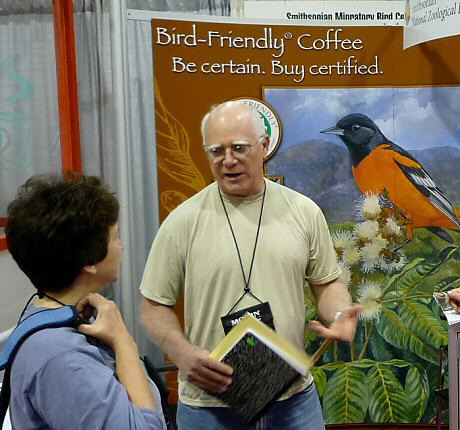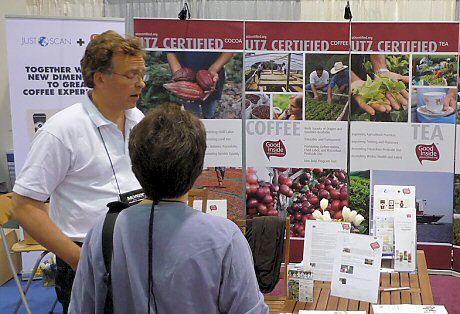A few months ago I wrote about the announcement of new award for coffee farmers initiated by Cooper Ecological Monitoring, Roast Magazine, and Birder’s Exchange (a program of the American Birding Association). The Coffee Conservation Award will be presented annually to recognize farms making a significant contribution to global biodiversity preservation. The award is a $1000 cash prize, to be used to further meaningful, science-based conservation practices on the winning farm.
 The award will focus on a particular country each year. The inaugural country was El Salvador, and the winning producer is Finca El Porvenir.
The award will focus on a particular country each year. The inaugural country was El Salvador, and the winning producer is Finca El Porvenir.
El Porvenir is actually a group of three properties between 1,000 to 1,600 m in elevation on the slopes of Cerro El Tigre (13.44998, -88.42947), part of the isolated Sierra Tecapa—Chinameca range in eastern El Salvador, in the department of UsulutÁ¡n. This is the orange region on the map below (click to enlarge). This El Porvenir should not to be confused with former Cup of Excellence winner El Porvenir, located in the Apaneca-Ilamatepec mountains, in green.
 El Porvenir covers 54 ha, which includes 16 ha of protected forest. Coffee varieties grown are pacamara, bourbon, and typica, and the last two crops have been exported to Germany and Italy. It is Rainforest Alliance certified, and also certified under Starbucks C.A.F.E. practices. The owner, Agroindustrias Homberger, S.A. de C.V., also owns and/or manages over 550 ha of additional adjacent coffee farms. These include another 100+ ha of protected land. Some of the farms have been in general manager Mauricio Homberger’s family for decades.
El Porvenir covers 54 ha, which includes 16 ha of protected forest. Coffee varieties grown are pacamara, bourbon, and typica, and the last two crops have been exported to Germany and Italy. It is Rainforest Alliance certified, and also certified under Starbucks C.A.F.E. practices. The owner, Agroindustrias Homberger, S.A. de C.V., also owns and/or manages over 550 ha of additional adjacent coffee farms. These include another 100+ ha of protected land. Some of the farms have been in general manager Mauricio Homberger’s family for decades.
Biodiversity claims made in the nomination process for the Coffee Conservation award must be verified on the ground by partner organizations. A bird survey was performed at EL Porvenir in spring 2010 by SalvaNatura, one of the first inventories taken in this region. SalvaNatura found some bird species that have restricted ranges in northern Central America, including the Green-throated Mountain-Gem (Lampornis viridipallens), a large hummingbird; Bushy-crested Jay (Cyanocorax melanocyaneus), Rufous-browed Wren (Troglodytes rufociliatus), and Bar-winged Oriole (Icterus maculialatus).
El Porvenir plans on using the award funds for a biologist-led conservation course at the local school, along with an art contest for students with the theme ”Forest Conservation.” In addition to the cash prize, a pair of binoculars was also awarded, and will be used to help farm personnel participate and share in birding tours.
This award was sponsored by Cafe Imports, and Skyscrape Foundation/Mark Cappellano supported SalvaNatura to do the biological inventory. Congrats to El Porvenir.


